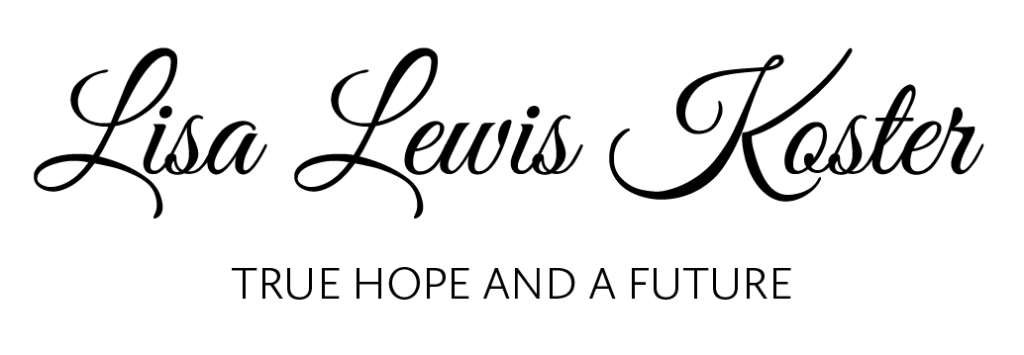Like many little boys, and some bigger boys, big trucks and machinery fascinated my grandson. Dude loved to watch endless videos of garbage trucks making their rounds (with Papa, bless his heart). My library visits with “Dude” always led to books about construction trucks and their various parts.
Once, while we were driving with Dude, Papa pointed and said, “Look! A bucket truck!”
Dude responded by saying, “Papa, that’s an arial lift platform.”
Why yes it is, little smarty pants!
Dude introduced to us to the television show “Gold Rush.” (Unlike the garbage truck videos, at least this show has a storyline to it.) It is amazing to see the amount of dirt moved and processed by these huge machines. At the end of each week, flakes of gold are carefully weighed as the crew watches to see if they will make a profit. Some weeks, after all of that hard work, they cannot even fill a pint jar.
It is hard to imagine an era when pieces of gold were the size of small stones, but there was such a time. Gold pebbles could be spotted and picked up from a river bed by anyone with a good eye. Not just out west, or up north, but here, in Michigan. Granted, it was over one hundred years ago, but still…
Of course, we are long past the days when we see gold nuggets lying around. Now we need to dig deeper and deeper to reach those valuable flecks of gold.
The same can be true of finding treasure in our Bibles.
When I first started reading the Bible, I was amazed at all of the new things I saw. “The word of God is living and active,” (Hebrews 4:12, ESV) which means there is always something for us to discover. This is like those golden pebbles, just waiting for us to pick them up. However, once we become familiar with the Bible, we may no longer see new nuggets of truth lying on the surface. That means it is time to pull out our tools and start digging!
I believe one of the keys to understanding the Bible is knowing what to look for. My book Enough: Finding Contentment in a World of Wanting and Wandering, does not tell you just about what I think is a really interesting part of the Bible. It also introduces tools that will help you understand any part of Scripture.
For example, Numbers 16 starts by telling us that Korah is “the son of Izhar, son of Kohath, son of Levi.” It’s easy to blow right past that information in search of something more interesting, but everything in the Bible has significance. So the first question I ask is, “Why do I need to know that?”

If we look closely at our Bible, we should see a little letter next to Korah’s name. This is called a cross-reference. We always want to pay attention to the cross-references. This is how we will answer our, “Why do I need to know that?” question.
In your Bible, that letter will show up again either in the margin or at the bottom of the page. After that letter will be a reference to another part of Scripture. In this case, it refers us to Exodus 6:16-22:
:16 “These are the names of the sons of Levi according to their generations: Gershon, Kohath, and Merari…” Each of Levi’s sons became the head of a clan of Levi’s descendants, the Levites. Since Numbers 16:1 tells us Korah is a descendant of Kohath, we want to focus on him.
:18 “The sons of Kohath: Amram, Izhar, Hebron, and Uzziel…”
When we continue reading in Exodus 6, we learn that Amram is the father of Moses and Aaron, and Izhar if the father of Korah. Amram and Izhar are both sons of Kohath; they are brothers.* This makes their children, Moses, Aaron, and Korah first cousins. Why do we need to know Korah’s genealogy? Because it tells us these men are closely related.
And that makes a difference, doesn’t it?
How do you find dealing with a closely related family member different than dealing with a stranger?

*A graphic of Levi’s family tree can be found on page 22 of Enough.


Leave a comment